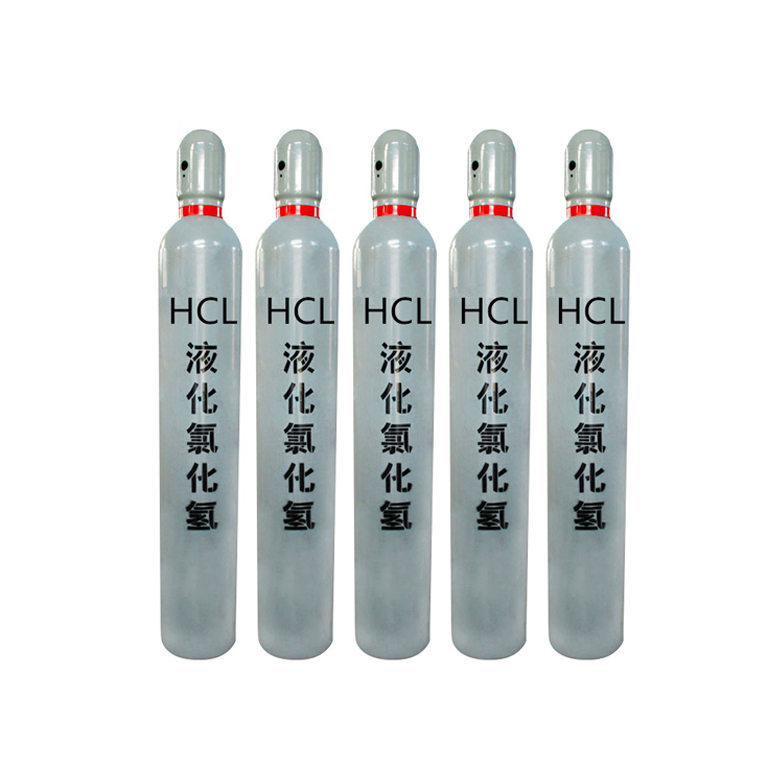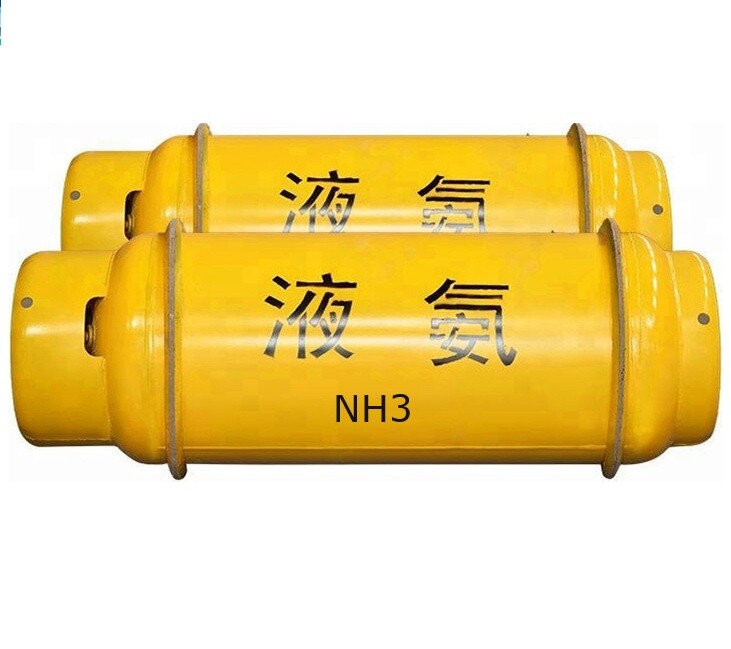What is a laser mixture gas ?
We often say that the laser mixture, in fact, it is a kind of laser cutting, welding and heat treatment and other aspects of a specific mixturegas .
In industry, it is a high-energy gas.
It is usually a mixture of two or more gases.
When used, it can produce a laser beam of a specific wavelength.
So what are its main components?
1. Nitrogen (N2):N2 is one of the most commonly used components in laser mixture. It can provide a stable air pressure and cooling effect, while also enhancing the energy density of the laser beam.
2. Oxygen (O2):O2 is also a common component in laser mixture. It can be mixed with N2 or other gases to produce laser beams of different wavelengths. Oxygen also increases the energy density of the laser beam and the cutting speed.
3. Carbon dioxide (CO2):CO2 is another common laser mixture component in the process of metal cutting and welding. It does not produce a high-energy laser beam, and it also provides better cooling.
4. Argon (Ar):Ar is an inert gas that is often used to protect other gases from oxidation or contamination. In laser mixture,Ar can provide stable air pressure and cooling effect.
5. Helium (He):He is a very light gas that is often used to increase the energy density and cutting speed of laser beams. In a laser mixture, helium can be mixed with other gases to produce a laser beam of a specific wavelength.
6. Hydrogen (H2):H2 is a flammable and explosive gas, but in some special laser applications, such as glass cutting and welding, hydrogen can be used as one of the components of the laser mixture.
How to prepare and use the laser gas mixture?
Its preparation process in the preparation of mixture, is the need for professional gas distribution personnel to operate, generally can be carried out through the following steps.
Step 1: Select the appropriate gas components: according to the specific application requirements, select the specific gas components for the selection of mixed gas components.
Step two: planning the concentration of gas components: according to the requirements, determine the laser wavelength and energy density, adjust the proportion of each gas mixture.
Step 3: Preparation of gas mixture: the selected gas through a specific instrument and transportation pipeline or nozzle, they will be evenly mixed together to form a uniform and stable laser mixture.
Step 4: Transmission mixture: The laser mixture is transmitted to the laser to generate a specific laser beam by exciting the gas molecules.
Step 5: Gas pressure and flow adjustment: through the working conditions of the laser, with the decompressor to adjust the flow and pressure of the laser mixture, in order to maintain the stable output of the gas.
Chat Online





